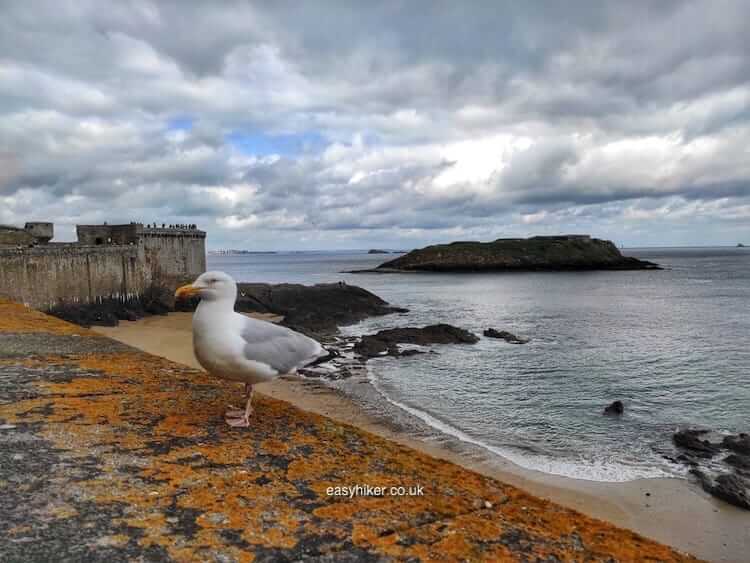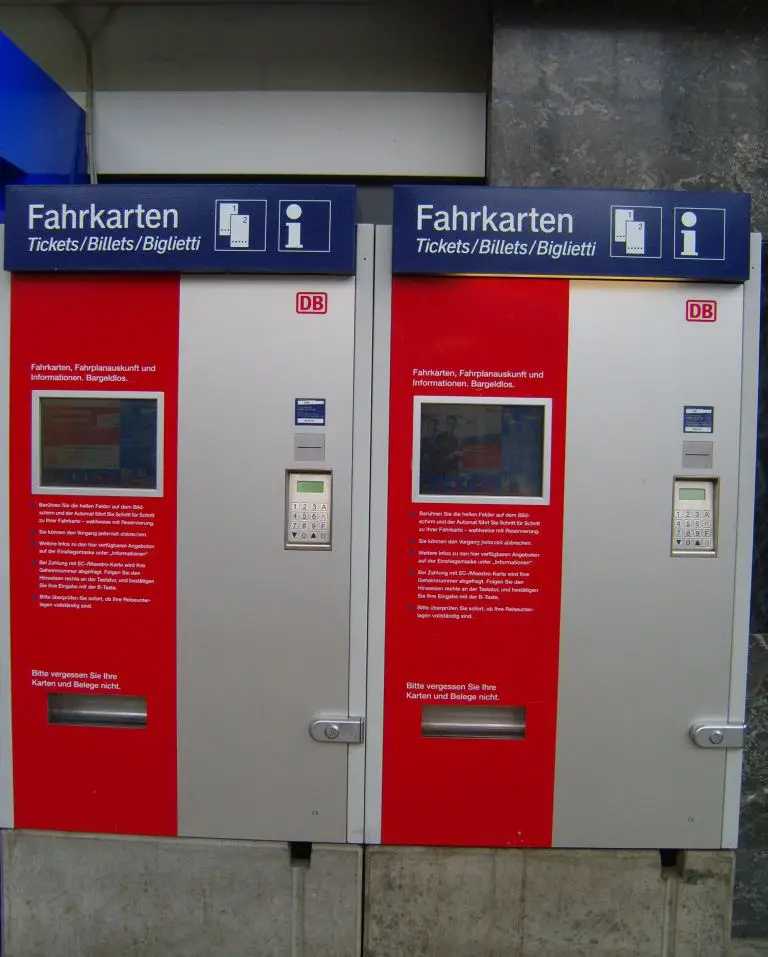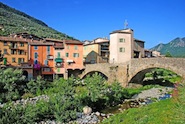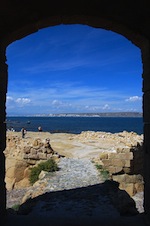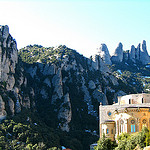For almost a thousand years, Saint Malo has been the best defended town not only in Brittany but in the whole of France: the only one that has been continuously surrounded by a fully functioning defensive wall.
There has, after all, always been a lot for Saint Malo to defend itself against: the extent of the defensive fortifications speaks its own language. Those walls carry a message, written in invisible ink on bleak granite, and that message says: Don’t mess with us. Stay away.
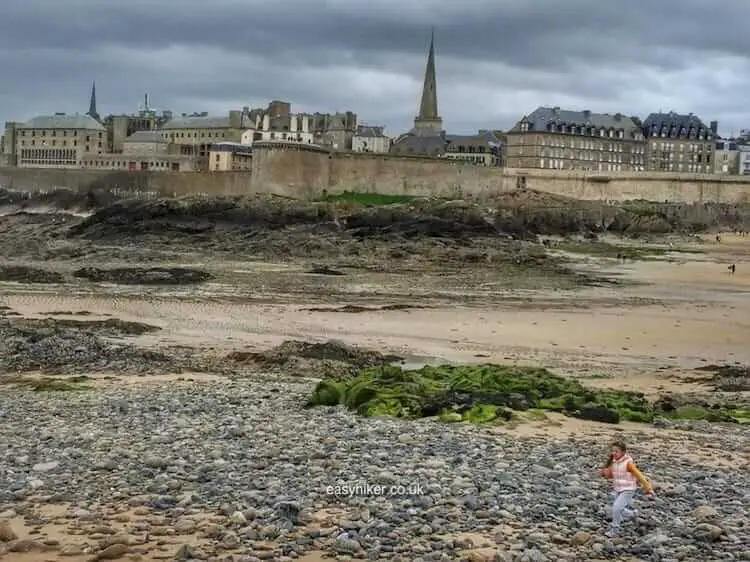
Clearly, Saint Malo was not built to make friends, not within France and not beyond her borders. The tone was set early in the Middle Ages when Saint Malo declared itself a Republic, refusing to swear allegiance to the king. Ni Francais ni Breton: Malouin suis has ever since been the town’s official motto: Neither French nor Breton, Malouin (from Saint Malo) is what we are.
In the years after that, Saint Malo provided a safe haven for French privateers – pirates who received a certain degree of state protection for concentrating their operations on carriers of pesky foreign flags.
The Ottoman Empire had the Barbary pirates, Britain had Sir Francis Drake, and the French had corsaires such as Jacques Cartier who eventually extended his operations to the New World and, in the course of this, became the man who is generally credited not so much for “discovering“ America’s northern territories but certainly for naming the country that was later formed out of them. (Based almost certainly on a misunderstanding because “Kanata” is the word in the language of the native Iroquois for a small settlement of huts.)
Cartier is the most famous of all Malouins, and when his statue was unveiled on Saint Malo’s ancient city wall, the ceremony was attended by Pierre Elliot Trudeau, at the time the Prime Minister of Canada as well as an international celebrity.
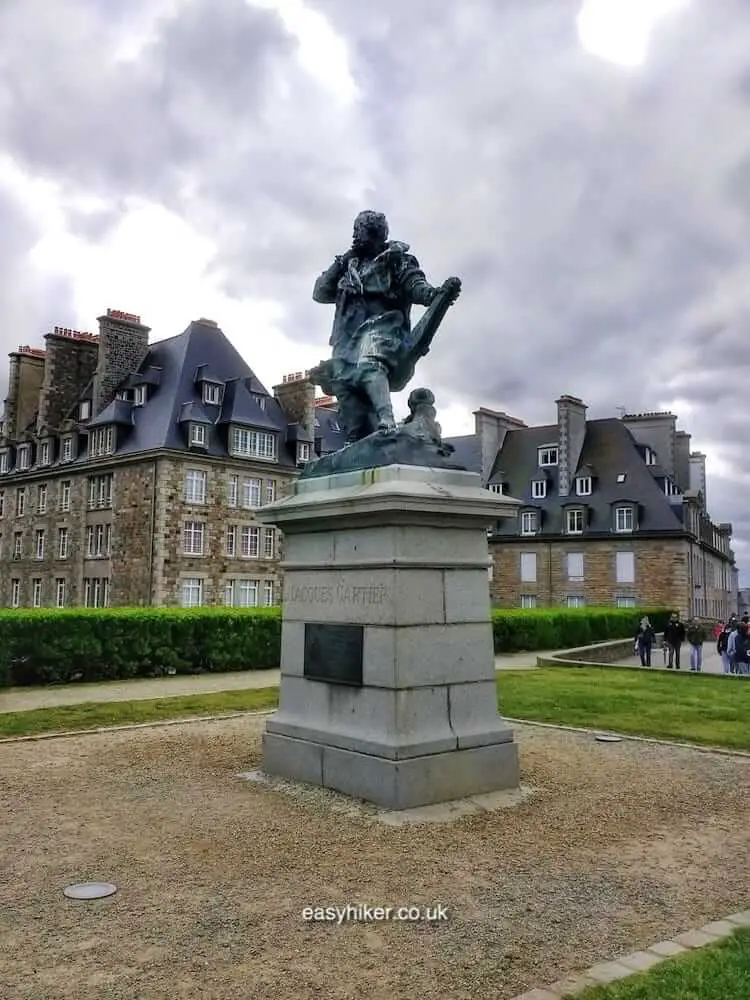
The Saint Malo ramparts, meanwhile, are not only the perfect place to meet Jacques Cartier but also the best way of getting a good first impression of the city. (The tour of the town by the ramparts is one of the most beautiful walks there is, writes Gustave Flaubert, and then adds: No one comes there. Which is, while the beauty of the tour remains uncontested, something that has certainly changed in the last 150 years.)
The ramparts are fully walkable, save for a short stretch around the Chateau (now the City Hall), and extend over a total length of roughly 2 km, which means that the tour will take no more than one hour out of your time budget.
This one hour represents an excellent time investment. For one, it will allow you to get a grip on the city’s character: essentially, Saint Malo is a fortress with residential streets attached as an afterthought.
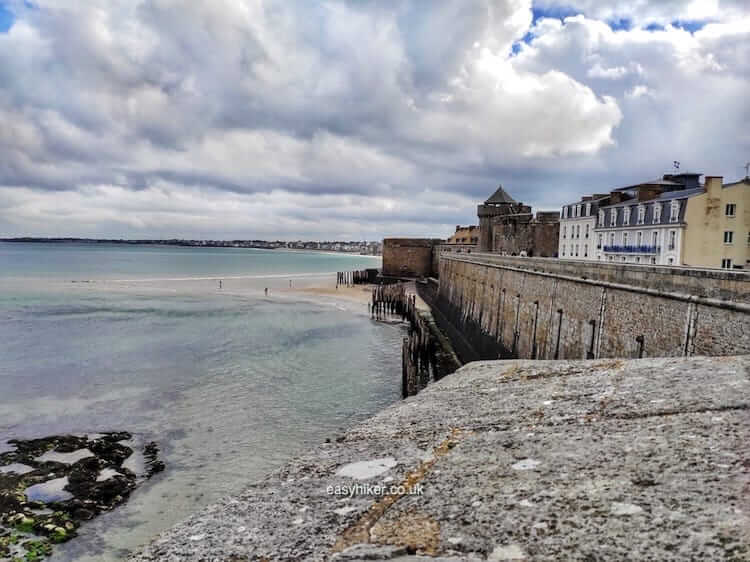
For another, it will also help you understand how the town was secured through additional fortifications further out in the sea such as the Fort National, the creation of Louis XIV and Vauban, the outstanding military engineer in the history of France.
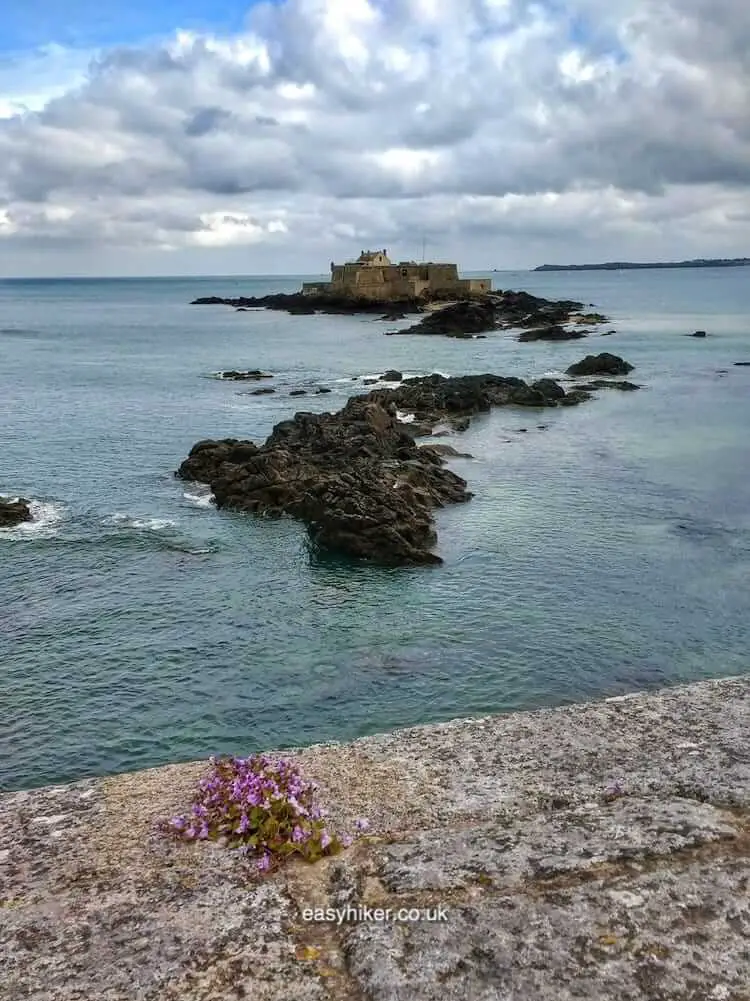
From the ramparts, you can also peek into the streets below that grew in the shadow of buccaneering and the slave trade, another disreputable source of Saint Malo’s wealth.
These views are often surprisingly picturesque …

… but even more surprising is the amount of visual poetry that is on show on the other side of the wall.
The Fifty Shades of Gray of St Malo on Display
Ultimately, it is these views into the vast expanses of the Atlantic Ocean what makes the tour “one of the most beautiful walks there is”.
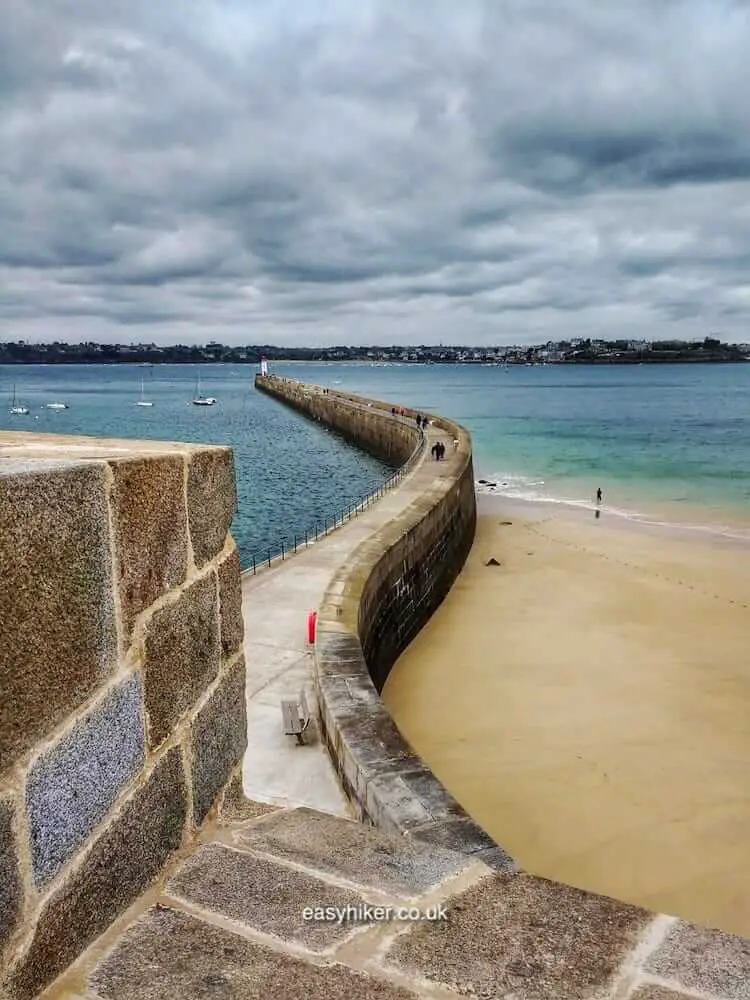
Above all, however, the walk will allow you to adjust your vision to the town’s unique colour scheme which perfectly reflects the hues of the sea and the sky on an ordinary day in Brittany: the fifty shades of St Malo on display.
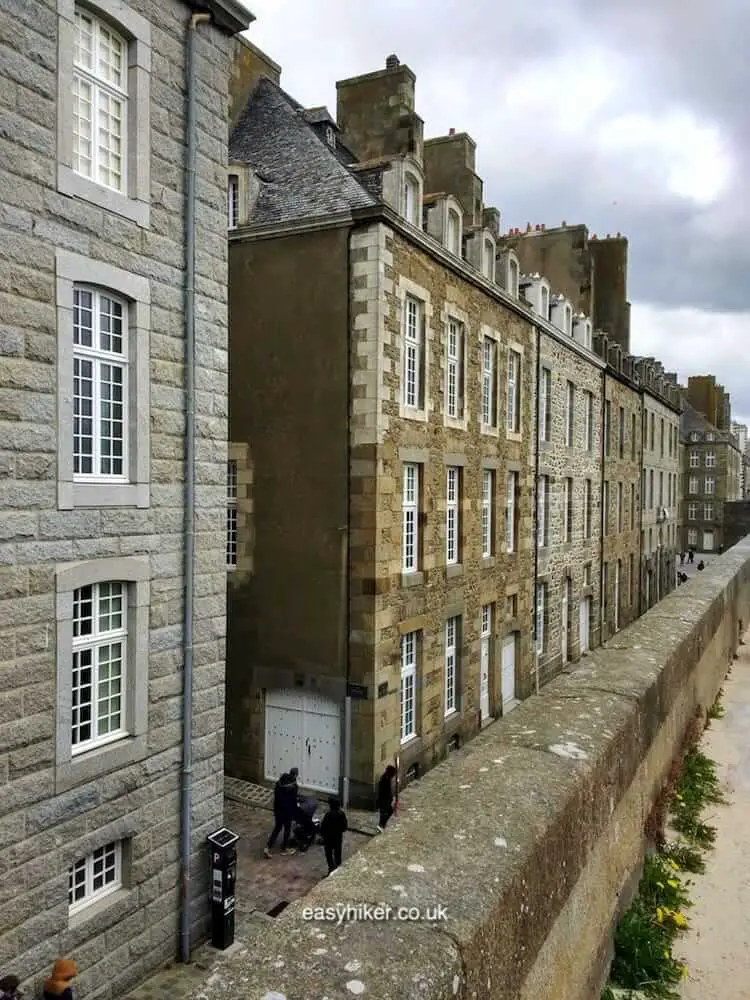
But when you, having completed the tour, walk down from the wall to explore the town within, you will discover that Saint Malo also has less forbidding corners.
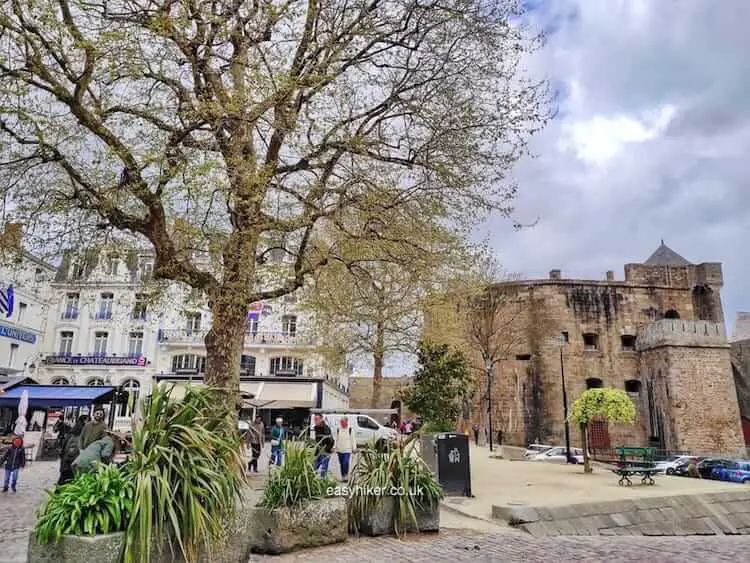
One of the most interesting things to see in Saint Malo is the large island directly in front of the coast, called the Grand Bé. You may have to wait until the conditions are right: the route to the island is covered by water during high tide (the tidal range on this part of the coast is one of the largest in Europe).
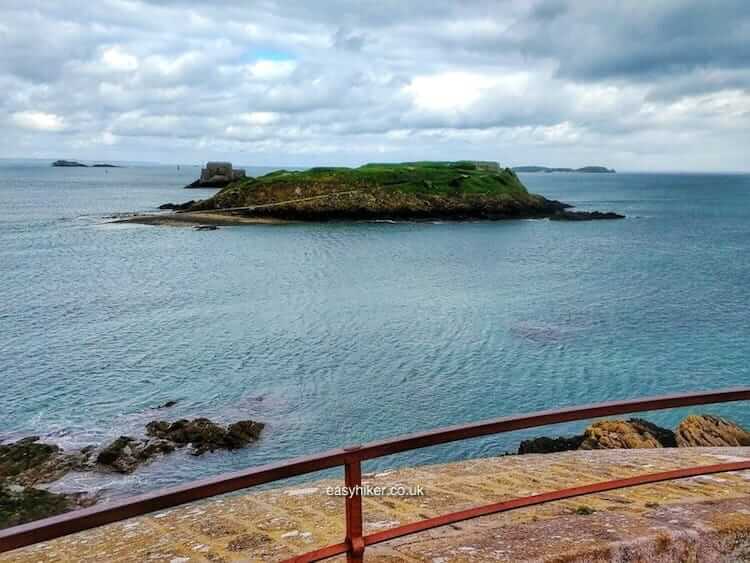
But during low tide, you can cross over on foot within a few minutes.
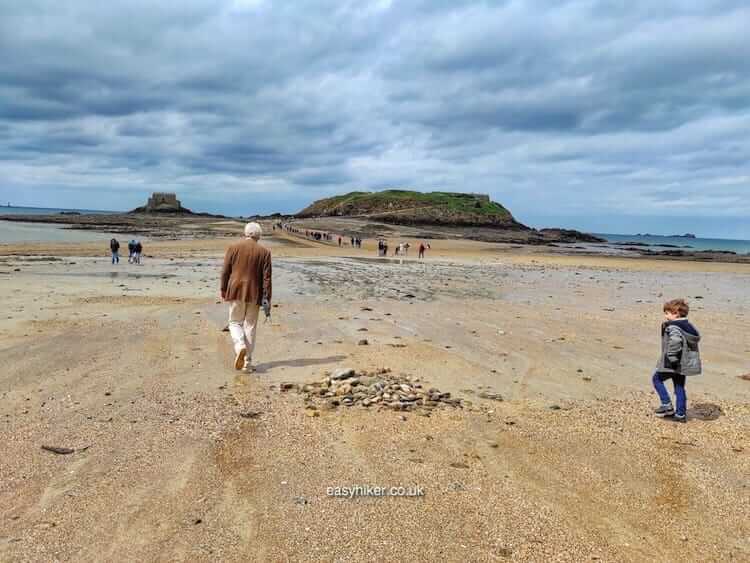
From the Grand Bé, you get close-up views of the Petit Bé, its near-neighbour on which Vauban planted another one of his fortresses …
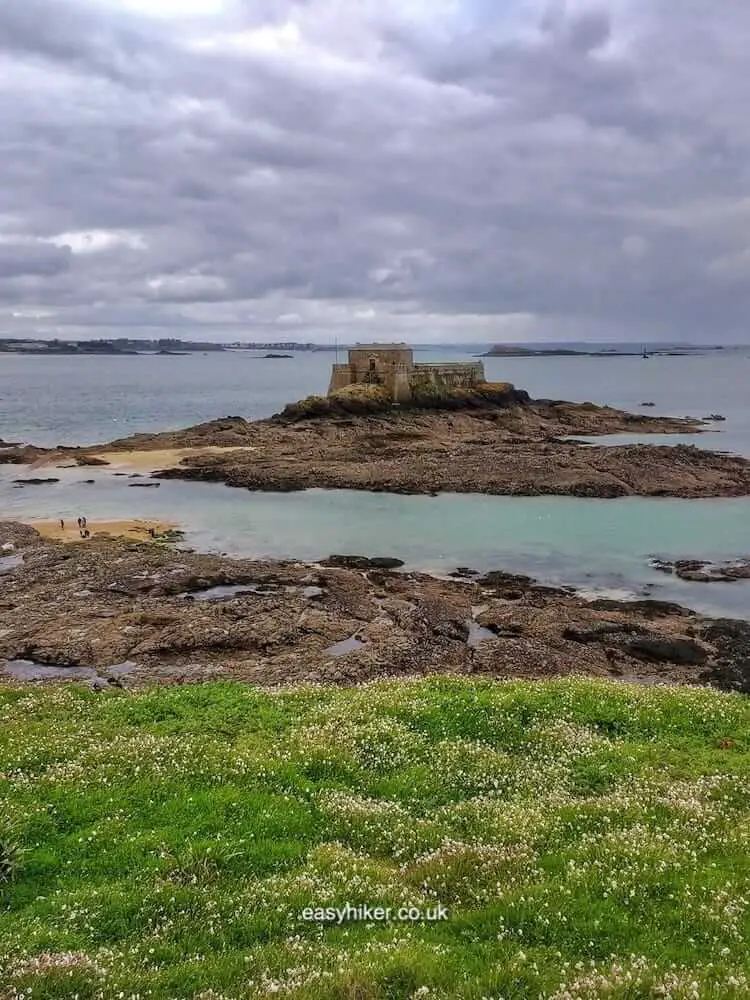
… and a rather more distant perspective of Saint Malo.
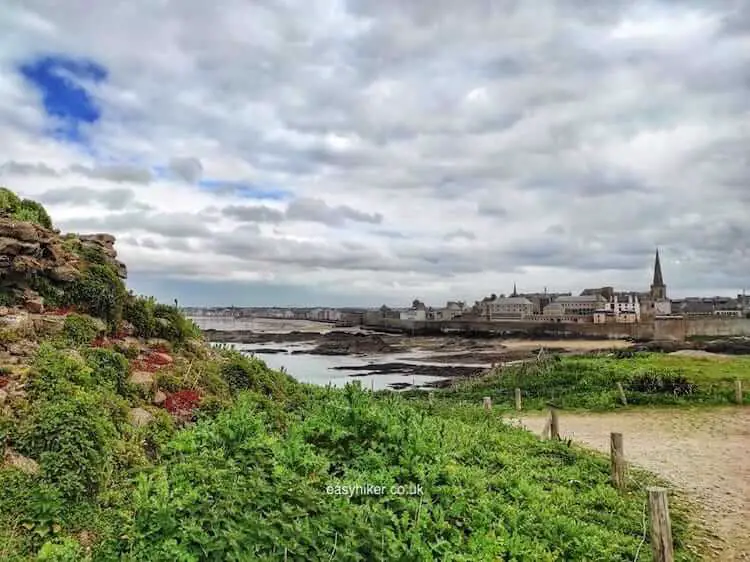
You can even witness what, under the circumstances, can qualify as a veritable explosion of colour.
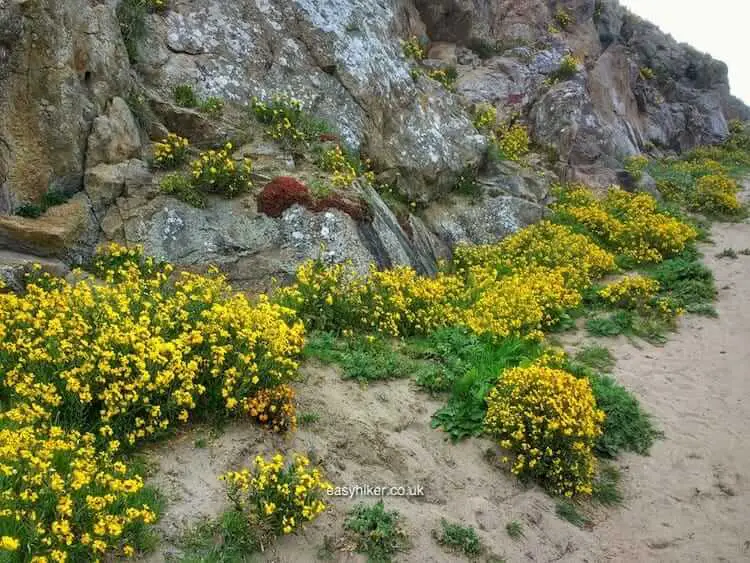
Before you return to the main land, make sure to visit the grave of the 19th century writer Francois-René de Chateaubriand.
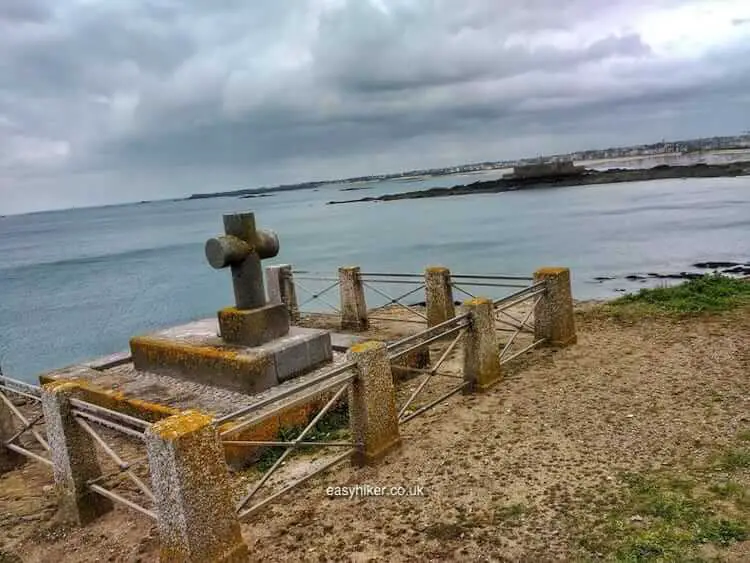
Chateaubriand was a local boy and just as quarrelsome as his fellow Malouins – with a good dose of moroseness and misanthropy thrown in just for him. He fled the revolution – equality and the brotherhood of man were not really his thing – and went into exile.
But after that, he ingratiated himself with Napoleon who invited him back to France. The two soon fell out to the point where Napoleon threatened to have his former friend “disembowelled on the steps of the Tuileries”.
Chateaubriand revived his political career following the restoration of the Bourbon monarchy and served as a diplomatic envoy of Louis XVIII, but their friendship equally fell apart when he wrote an angry pamphlet against the autocratic leanings of the king.
It was the same story with the next monarch in line, too, the “Citizen King” Louis Philippe: at first, they got on well, but then, Chateaubriand refused to swear allegiance and opted to spend his last decades as a recluse in his Parisian flat.
Twenty years before his death, at the age of 60, he arranged to be buried on the tip of the Grand Bé – tired of listening to the French socialites’ pointless chatter, he wanted to lie in peace, surrounded for all eternity “by nothing but the sound of the wind and the waves”.
His grave on the Grand Bé divides opinions. Jean-Paul Sartre, as Simone de Beauvoir recalls in one of her books, urinated on it, seemingly to protest against its “fake simplicity”. Flaubert, on the other hand, was more sympathetic.
Chateaubriand will sleep there below, his head turned toward the sea; in this sepulchre built on a reef, his immortality will be as his life was, deserted by others and surrounded by storms. While the waves of the native shore will go always swaying between his cradle and his tomb, the heart of René, grown cold, will slowly scatter into nothingness, to the endless rhythm of this eternal music.
Chateaubriand, like the Malouins of old, was clearly not a man who thought that an easy affability is the supreme virtue. Is it more important to get along well with everybody or to lead your life your way, in pursuit of what you want?
Malouins of all feathers know where they stand on this one: on their wall, ready to face the cold winds of adversity.
